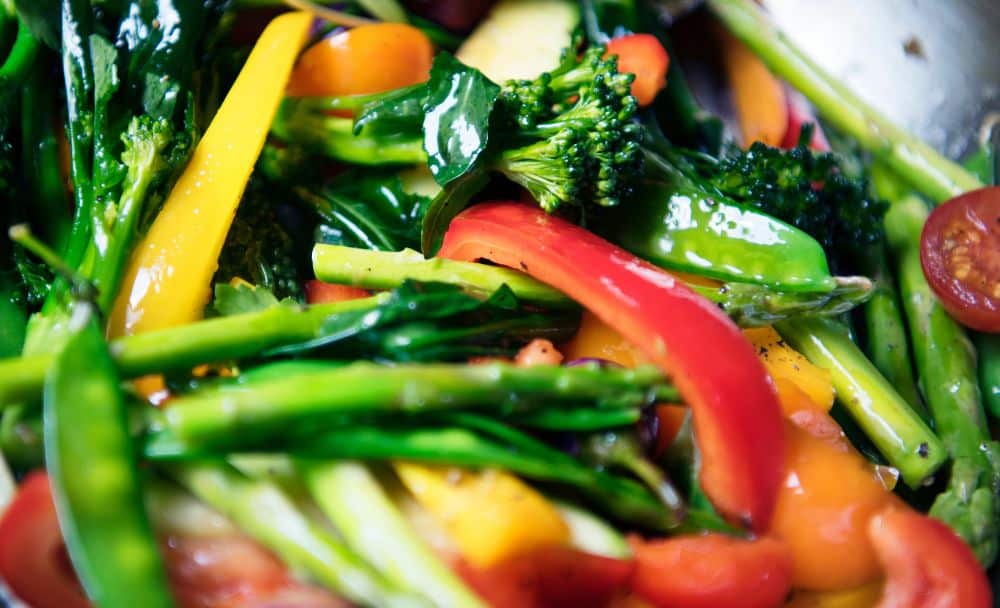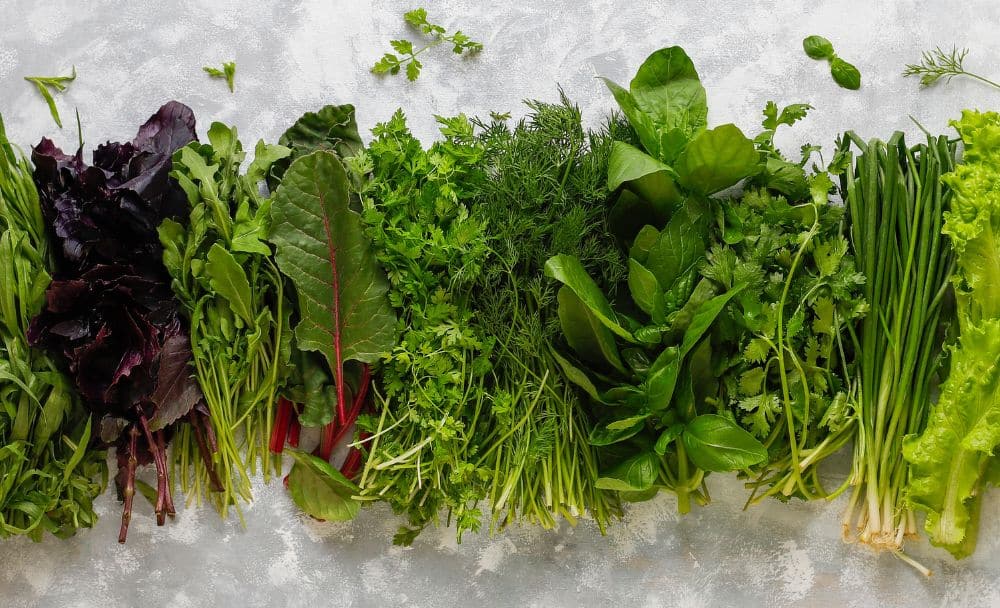You might be shocked to learn that almost every shred and peel can be used. The majority of vegetable peels and trimmings can be frozen and used in broths, soups, and stews to add flavour. Homemade stock prepared with bones is nutrient-rich. Simply put a jar in the freezer and fill it up with trimmings as you have them. Even non-edible materials like eggshells and coffee grounds can be recycled and fed to the compost pile or the ground directly.
Food waste is a significant problem. Not only does food waste contribute to climate change and the depletion of many of our natural resources, but it also increases greenhouse gas emissions [1].
Fortunately, there are various steps you can take to reduce food waste, such as pre-planning your meals, only purchasing what you need, and using correct food storage techniques. Another easy approach to reduce waste, lessen your influence on the environment, practise food waste management, and save money is to use leftover food rather than throwing it away.
Some Idea on How to Use Food Scraps [1]
Make some bone broth
Add the roasted bones to a big pot and pour water to cover the bones completely. It should simmer for 24 to 48 hours after being covered. The broth should then be strained through a mesh screen, transferred to jars, and kept in the refrigerator. Bone broth is a wonderful addition to soup, stew, stuffing, and gravy in addition to being a warm, comforting substitute for coffee or tea.
Use stale bread to make croutons
You don’t have to throw away a loaf of bread that has gone bad. Make some excellent homemade croutons with these food scraps. To begin, cut the bread into cubes and toss them in olive oil with your preferred seasonings, such as onion powder, garlic powder, rosemary, or black pepper. Then, spread out the cubes on a sheet pan and bake them for 10 to 15 minutes, or until crispy and golden, at 400°F (205°C).
Leafy green stems should be sautéed
Leafy greens with fibrous stems, such as kale and collards, can be challenging to consume. The stems can be saved, minced into small pieces, and sautéed with a little olive oil and your preferred seasonings as an alternative to throwing them out.
Vegetables can be grown in water
By regrowing a variety of veggies by submerging their stems in water, you can reduce waste and grocery costs. Leeks, celery, green onions, and cabbage grow particularly well, but you can also produce a wide range of other vegetables. Simply sever the stalk’s bottom, then set it in a small basin with water to cover the roots. Even while it could take some time to detect a noticeable development, you’ll start to see improvement after a few days.
Coffee grounds can be used as fertiliser
Food scraps have another interesting use, coffee grounds are a great organic fertiliser for plants because they contribute organic matter to the soil, which promotes growth. They enhance your garden’s drainage and water retention while also luring earthworms. Sprinkle coffee grounds directly on plants or rake them into the top few inches of soil to utilise them as fertiliser. Don’t go crazy or add too much because that could cause the coffee grounds to clump and prevent water from getting to the soil.




















